
I usually have at least a hazy impression of the origin lands of the plants in my garden. Drawing from the five mediterranean climate regions for low-rainfall plant inspiration and choices as well as arid and semi-arid regions keeps my garden well stocked and me endlessly entertained. Island plants will always fire my imagination, whether from our own Channel Islands or faraway Madeira and the Canary Islands. The lands of aloes, whether Somalia, Madagascar, South Africa, the home of the protaceae family, Australia and South Africa, this is the stuff road trip dreams are made of, and I indulge in such daydreams frequently. Much closer to home, however, there’s this inexplicable blackout in my mind for a desert that is the botanical font of so many plants in my garden, a region bigger than California, the “largest desert ecosystem in North America and the third most biologically diverse arid region on Earth.”
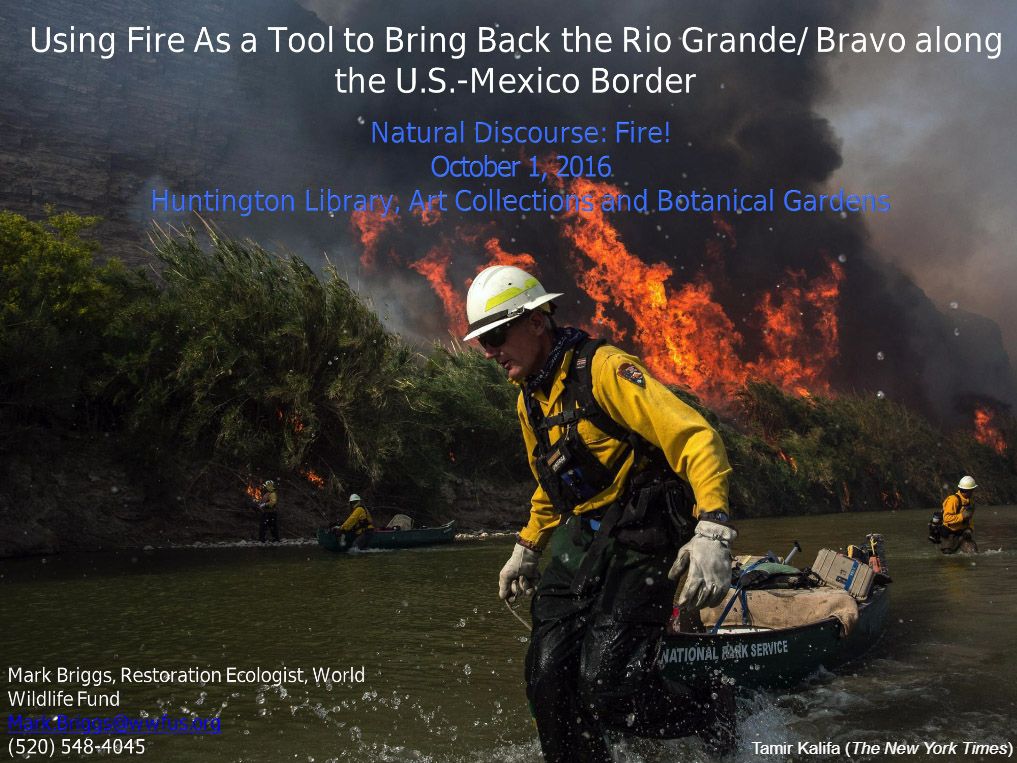
(all photos courtesy of Mark Briggs and Natural Discourse)
As she’s done since 2012, Shirley Watts assembled a mesmerizing group of speakers on topics related to the transformational powers of fire, including a couple other personal favorites, “Birds, Fire and the Chaparral” by Erica Newman, and William Fox on “Fire, Art, Environment” (“I basically look at how artists manifest human creative interactions with natural-built and even virtual environments, and I bring that stuff back to the museum,” which would be the Nevada Museum of Art.)

Mark clarified the acronym does not allude to the WWF Superstars of Wrestling. I’d love to have this T-shirt.
Mark Briggs’ talk at Natural Discourse October 1, 2016, (“Using Fire as a Tool to Bring Back the Rio Grande/Bravo along the U.S.-Mexico Border,”) really helped flesh out this remarkable Chihuahuan Desert region for me, the land of peyote and so many agaves, dasylirion, opuntia, ferocactus, ocotillo. The U.S.’s complicated relationship with our southern neighbor and the heated political demagoguery this campaign season can color so many of our perceptions, even to the point of draining a land of its unique physicality in the popular imagination. Only recently have the border crossing restrictions put in place after 9/11 been lifted.
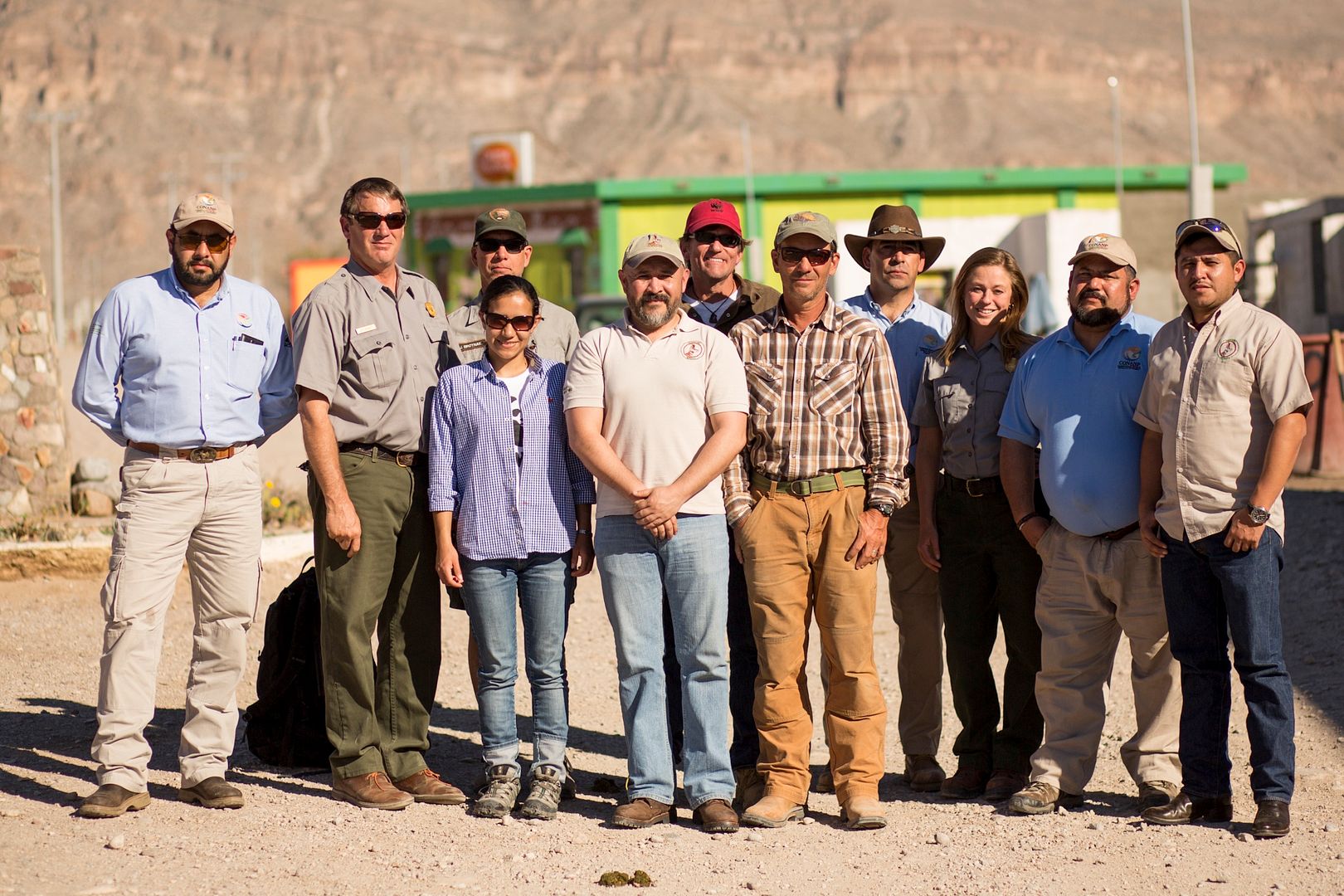
The binational team, with Mark Briggs center, in the red ballcap
Mark Briggs, through the World Wildlife Fund, has been working with a binational team on the river that forms the boundary between the two countries, called the Rio Grande when it flows in the U.S. and the Rio Bravo when in Mexico. The specific task Briggs’ talk focused on was the eradication of Arundo donax from the riverbanks, using first fire and then herbicide on regrowth, to restore its broad and shallow optimal habitat conditions. The giant cane, with which I am regrettably personally very familiar (removed fall 2014, and I wish I’d had the use of a flame thrower), alters the river from a habitat-friendly configuration of broad and shallow to the antithetical, habitat-stifling configuration of narrow and deep.
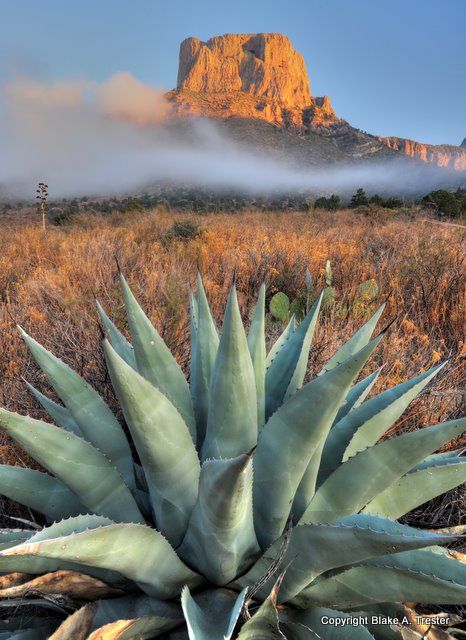
‘Big Bend Century Plant,’ Agave havardiana, Big Bend National Park, to zone 7
The Chihuahuan Desert’s northern reach extends into New Mexico and Texas, but two-thirds of the desert lie in Mexico. The Rio Conchos and the binational region of Big Bend is the geographic focus of the World Wildlife Fund’s work in the basin.

The Rio Grande/Bravo basin is 607,965 sq. km, twice the area of Arizona, 3,034 km from headwaters in southern Colorado and upper Rio Conchos to the Gulf of Mexico.
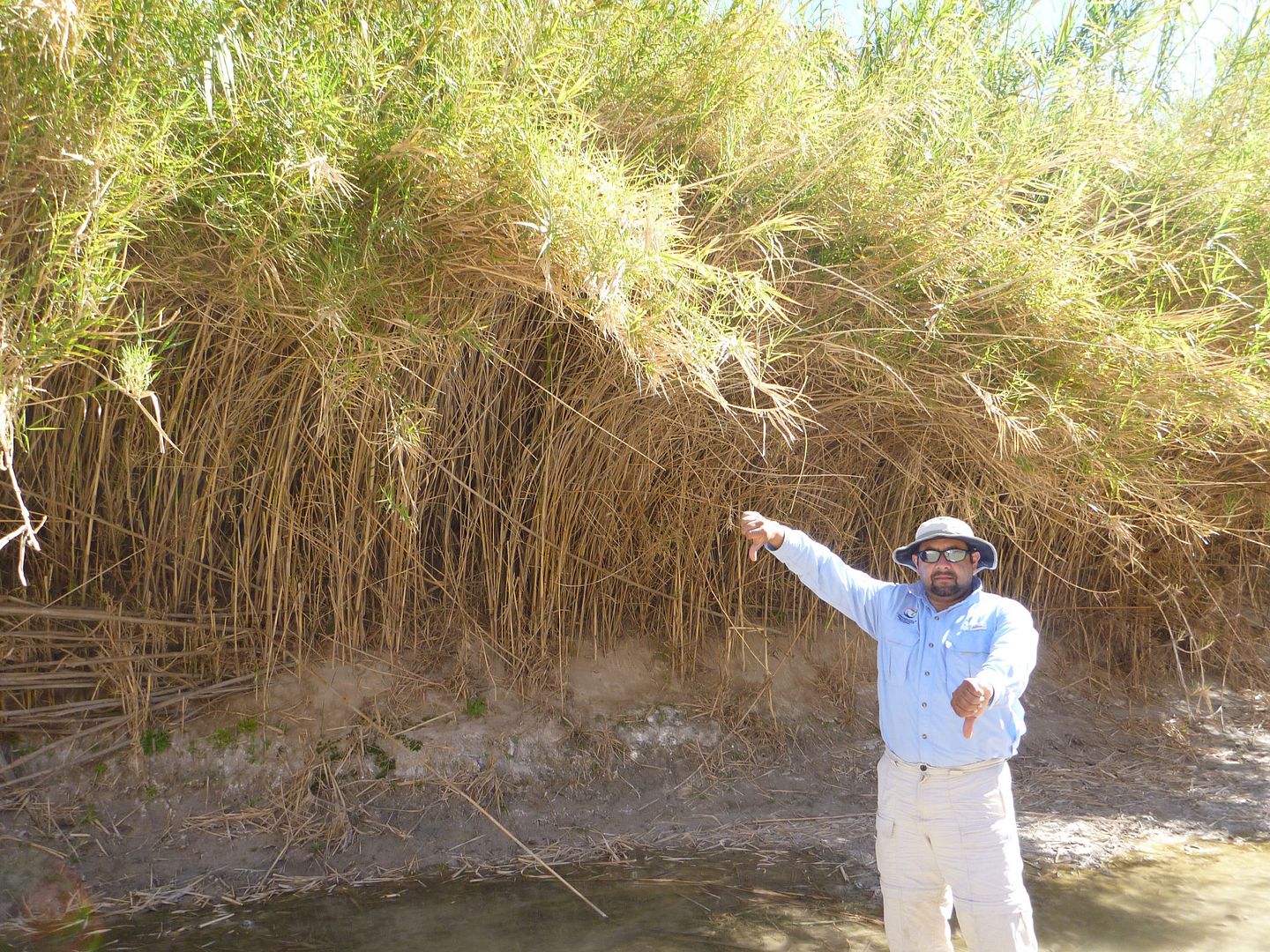
I so agree with this fellow’s opinion of the giant cane. I gave the thumb’s down to Arundo donax too for my zone 10 garden. And they say tetrapanax is difficult to contain? Ha!

Hotsprings, Big Bend National Park, showing the river choking on the lush growth of giant cane.
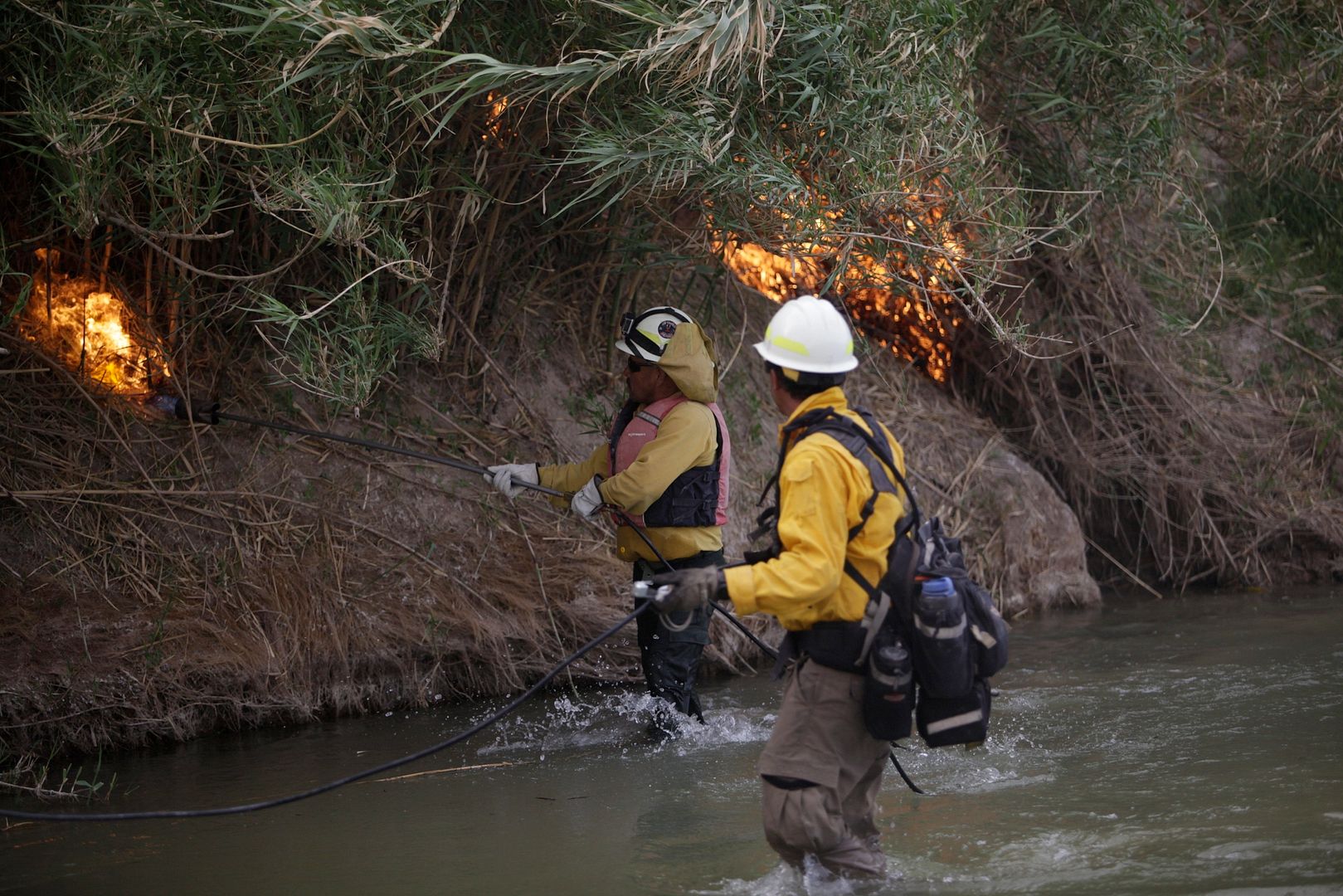
The “Los Diablos” team at work on the giant cane.
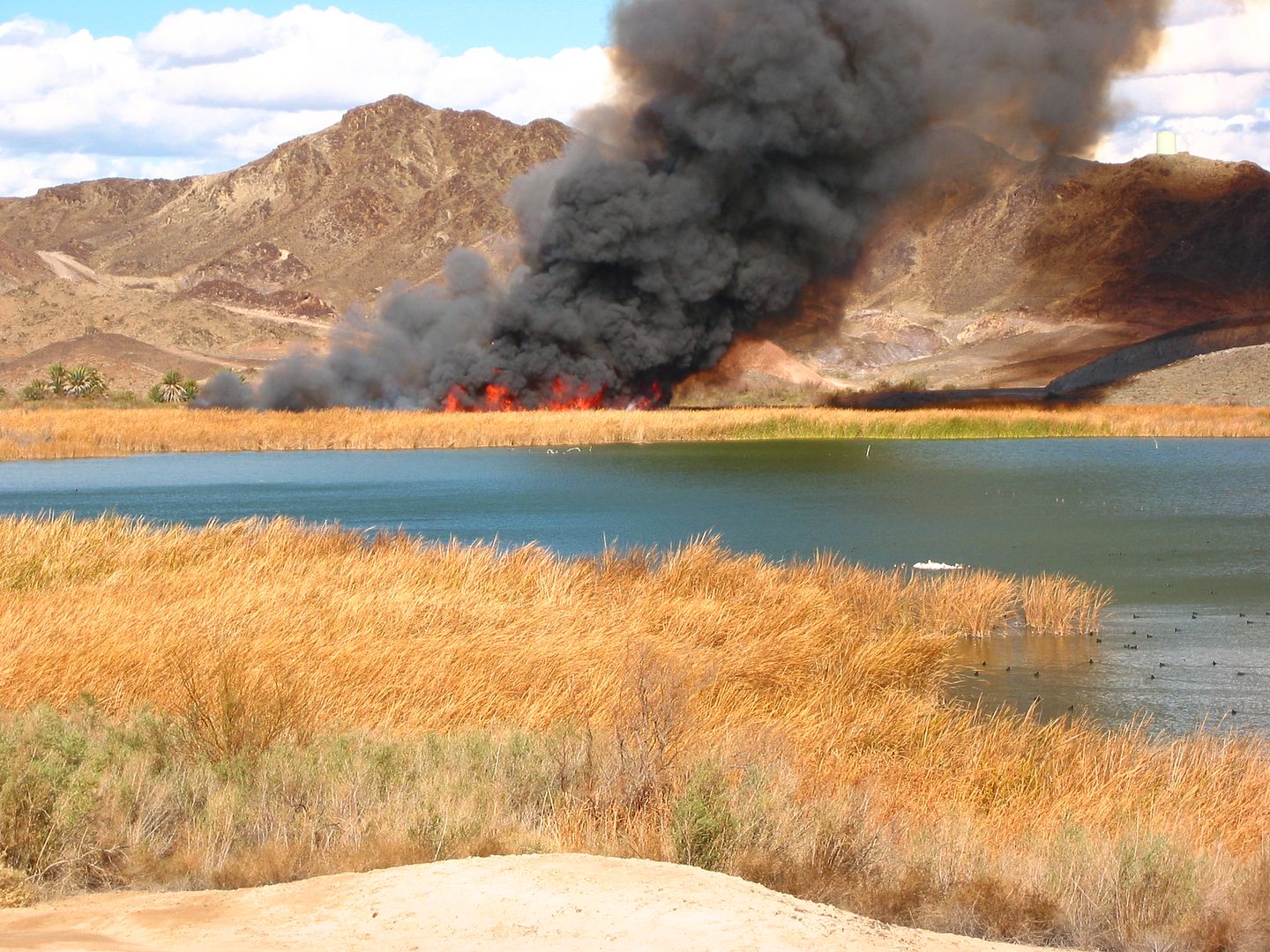
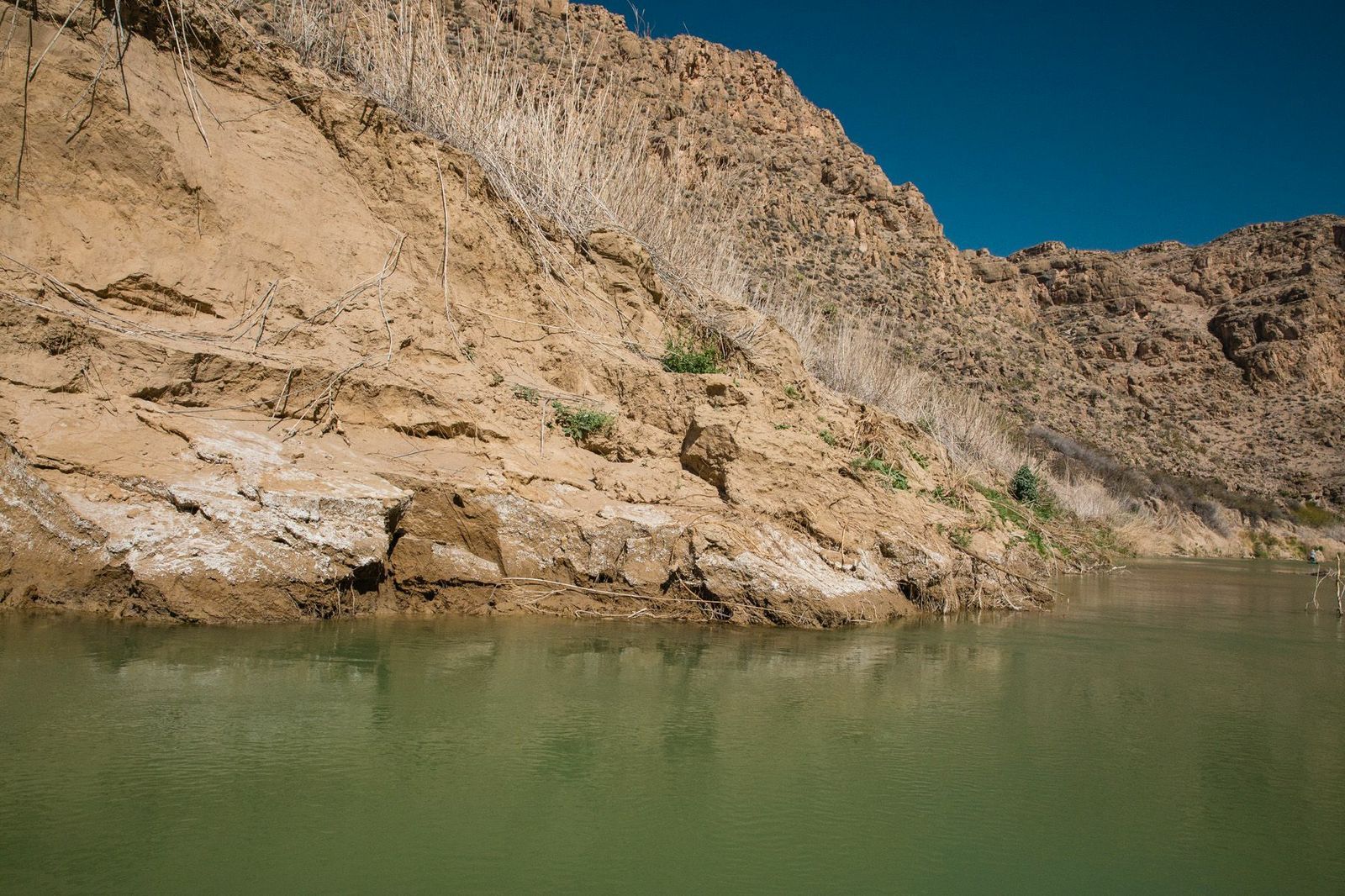
A portion of the river painstakingly restored.
I had already seen The Atlantic’s video on the fire-fighting team Los Diablos which Mark included in his presentation, and you may have too, but it’s worth another look.
N.B. You can catch up with more of Shirley’s work with Natural Discourse at the upcoming “Digital Nature,” which promises to be a magical evening at the Los Angeles County Arboretum and Botanical Garden Oct. 22 & 23, 2016.

I tend to think of fire as a frightening and destructive force. This is a good reminder of its positive values.
Some very impressive photography.
It takes a daring soul to use fire to control rampant growth – especially in a desert, it would seem. But yes, I wish I had access to a flame thrower too. It would render removing of certain stubborn spreaders quite a bit easier. Mind you, knowing me, I would probably burn down the house!
Thanks for the information and the video. Interesting and important work, about which I was completely ignorant! Loved the video. Glad you included it.
@Len, all photos were from the slides from Briggs’ presentation.
@Kris, so many facets of fire were explored, all the way to the fireworks of the Hollywood Bowl.
@Anna, as the video shows, the Los Diablos are amazingly courageous for taking that job on.
@Tim, I wish I had audio and better notes for the other speakers. Really good stuff. And I’m so glad that plant is your avatar, to remind me to find it!
I was so sorry to have to leave early and miss this presentation! Thanks for a wonderful post on the work these good people are doing, and thanks again for the invite. If only there were some way for Mark and the Diablos to tackle Mexican Feather Grass here in Cali, without burning the state to the ground…